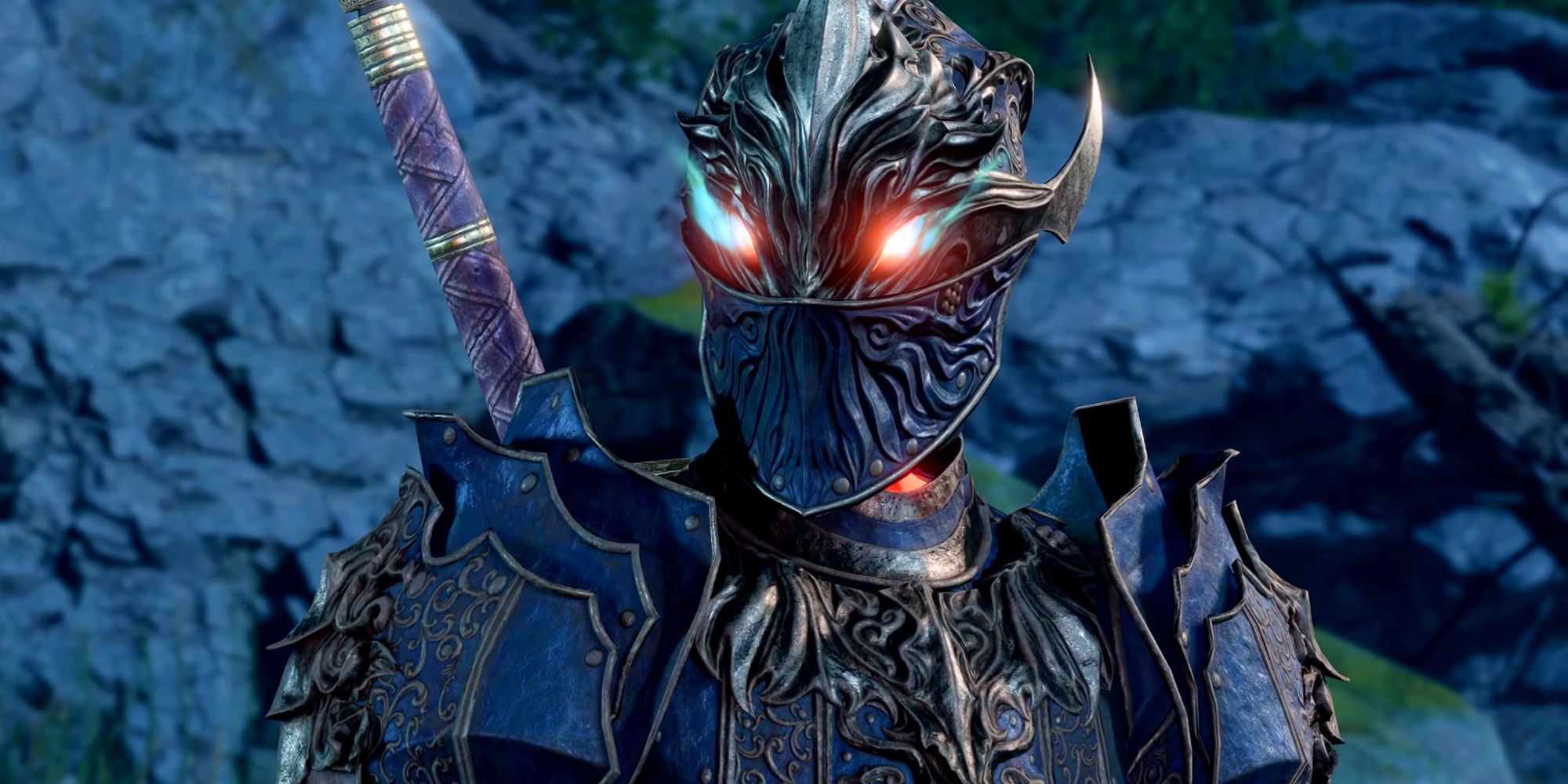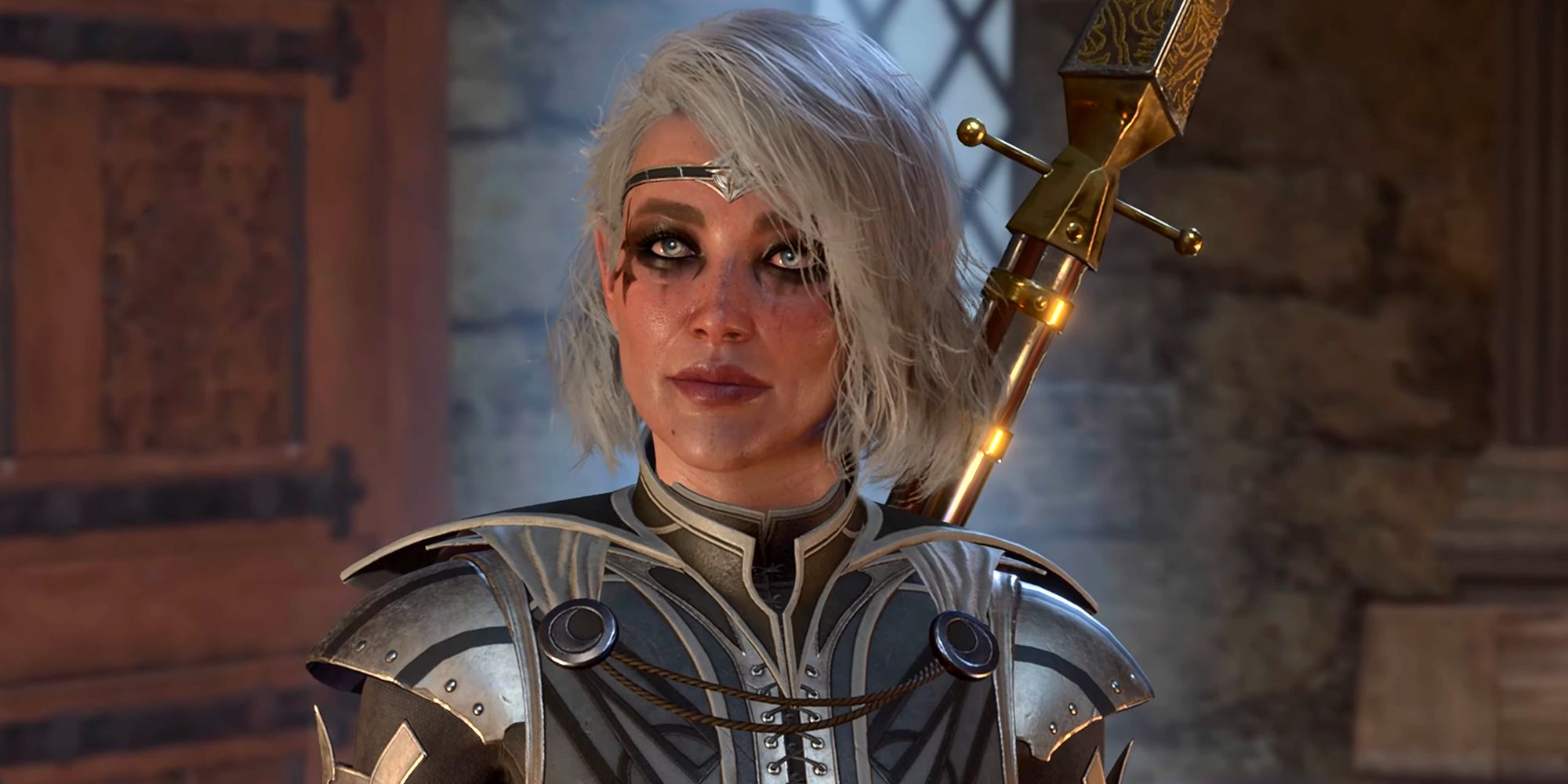Quick Links
The Paladin class is a powerful melee-caster hybrid in Baldur’s Gate 3. Players should consider this option if they want to control a strong holy warrior. However, they have stricter social rules, which limit freedom when making dialogue choices.
In Baldur’s Gate 3, players can respec the party at any time. This allows one to try out the Paladin class, make adjustments, and decide when to commit. Some players may find themselves switching to and from Paladin during the full course of the game.
Sacred Oath and Roleplaying
Starting at first level, players will have to select the Paladin’s subclass: a Sacred Oath. Not only does this unlock spells and features when leveling up, it adds restrictions to dialogue selections, actions in combat, and quest results. If a Paladin purposely breaks their honor or fails to uphold this code, they will “fall” and lose access to their unique abilities in Baldur’s Gate 3.
To restore one’s Sacred Oath, set up a night camp. Speak to the Oathbreaker Knight NPC and pay his fee. This price starts at 2000 gold at the start of the adventure.
To have the most freedom and also prowess in combat players should select the Oath of Vengeance. Its tenants focus on punishing the wicked and unjust. In practice, this allows players to openly attack and hunt down adversaries in the story; being too merciful could break the code. When advancing at two specific levels, they learn unique subclass features:
- Vow of Enmity (level 3): As a bonus action, use Channel Divinity on one target to gain advantage on attack rolls against them.
- Abjure Enemy (level 3): As a standard action, use Channel Divinity to frighten a creature. They may make a Wisdom Saving Throw against the Paladin’s Difficulty Class, but fiends and undead have disadvantage.
- Relentless Avengers (level 7): As a reaction, when the Paladin hits with an opportunity attack they may move up to half their speed. This movement does not cause new opportunity attacks from enemies.
Ability Scores, Skills, and Race
Starting at second level Paladins learn Divine Smite. Paladins may expend their spell slots to deal extra radiant element damage on melee attacks. This starts at 2d8, but gains additional 1d8s with each higher spell level. Upon reaching Paladin level 9 in Baldur’s Gate 3, this can result in 5d8 extra damage per attack.
As this only works on melee weapons - not ranged - Paladins should focus on Strength. Additionally, many of their features and spells utilize Charisma, making it a good secondary stat. Players will want to aim for the following ability scores during character creation:
- Strength 17, Dexterity 8, Constitution 14, Intelligence 8, Wisdom 10, Charisma 16
Players will want to pick up Persuasion and Religion as Paladin class skills. There are two possible good backgrounds: Soldier and Criminal. Soldier grants Athletics and Perception background skills, while Criminal gives Deception and Stealth. However, the latter may have some roleplaying conflicts with the Oath of Vengeance.
During early access, Baldur’s Gate 3 removed the racial ability score bonuses. Now, the choice of race is more about their secondary features, like new proficiencies and combat differences. On release, there are two major options for Paladins: Half-Orc or Tiefling.
Half-Orcs gain Intimidation as an additional skill, allowing access to more hostile dialogue options. They also deal more damage when scoring a critical hit, and do not faint upon reaching zero hitpoints. Tieflings instead take only half damage from fire and gain extra free magic - though these are not spell slots that can be used on Divine Smite.
Leveling Options
At levels 4, 8, and 12 the Paladin will have the option to improve Ability Scores or take a feat. As the class is constantly in melee, one should consider using those points to raise Strength to 20. However, this cap can also be reached with different equipment. Those that have found these items should instead put the points towards Charisma.
Paladins learn all of their possible magic when leveling up, but must prepare spells at camp daily. Unlike Baldur’s Gate 2, spells are not allocated to spell slots and one can choose how each slot functions on the fly. Because most spell slots will be used on Divine Smite, spell preparation normally doesn’t matter.
For certain battles, it may be useful to have a few combat buffs like Lesser Restoration, Aid, or Thunderous Smite. Paladins should mostly avoid spells that have Concentration, as only one can be active at a time, and it is easy to lose them if hit in battle.
Weapon Choice and Multiclass Potential
At second level, Paladins can further improve their martial abilities with a focused Fighting Style. The two most useful are Defense and Great Weapon Fighting. Defense will add a +1 to Armor Class as long as they are wearing any type of armor. This makes the Paladin more likely to avoid enemy attacks and magic. Great Weapon Fighting prevents the Paladin from rolling 1s and 2s on damage dice with a two-handed weapon; this results in a huge increase of potential damage.
The choice of fighting style mostly depends on the equipment. Great Weapon Fighting requires a two-handed weapon to activate. This results in it being even more powerful for large damage dice weapons like the great axe and maul. Defense should be considered if one wants to use a one-handed weapon and shield.
While Paladin is a sturdy class, it can quickly run out of steam as a caster or radiant damage dealer. Players should highly consider the option of taking one to two levels as a Baldur’s Gate 3 Sorcerer. This should be done later in their career, such as level 10 and/or 12.
The major advantage of Sorcerer is additional spell slots, which equates to more chances to deal Divine Smite before a long rest. Players can also use Sorcery Points to create on-demand spell slots. The Metamagic feature in Baldur’s Gate 3 isn’t very helpful to Paladins most of the time, but Twinned Spell and Extended Spell have some niche uses. The one major drawback of Sorcerer levels is lower hitpoints, which can make a Paladin extra vulnerable if they lack a shield.





